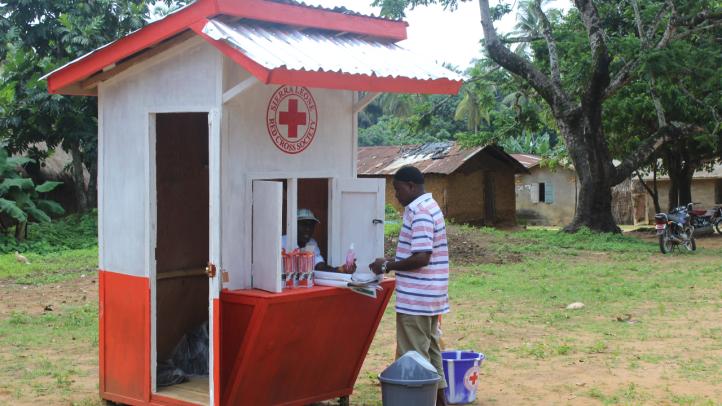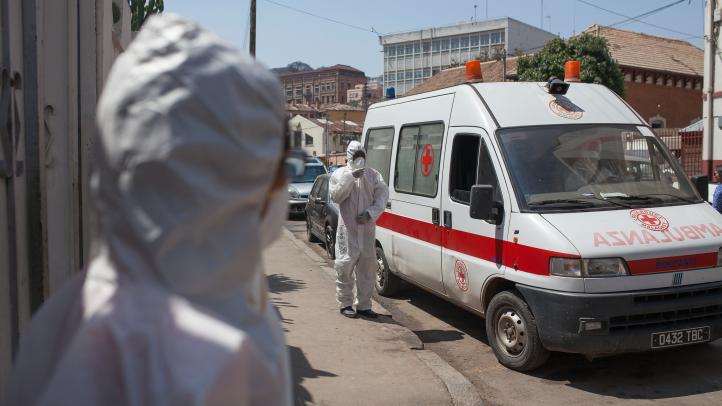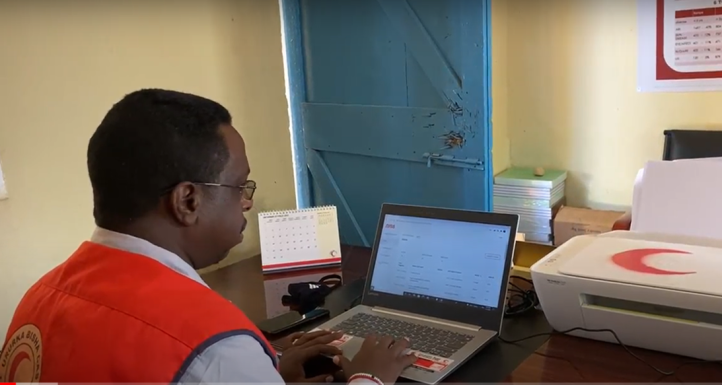Innovation often starts with a crisis
Our crisis was the Sierra Leone cholera outbreak in 2012. The disease causes acute diarrhea and vomiting, leading to a rapid loss of fluids. Without treatment, the disease can be fatal. In Sierra Leone, cholera was spreading in rural areas which were hard to reach. The lack of available health clinics meant that people were going untreated, leading to a rapid spread of the highly infectious disease.
The Sierra Leone Red Cross Society responded by setting up oral rehydration points (ORPs) to treat the 22,000+ people affected. At the ORPs, patients received oral rehydration salts and first aid, with volunteers logging details of each visit. As such, each of these ORPs held key information which could allow us to stop the outbreak. Volunteers knew everything about the communities they were in and had information about how and where the disease was spreading. But we couldn’t access this information in an efficient manner. Supervisors were driving around on motorbikes, collecting information and entering it into a spreadsheet — a process which took too long for us to be able to respond to what was going on in real-time. In short, the cholera outbreak in Sierra Leone demonstrated the need for a better information system.
Innovating to meet humanitarian needs
This is the crisis which sparked the idea for our innovation. By finding a simple, low cost and accessible way to get real-time data from communities who are off the grid—without healthcare, electricity or the internet—we could save more lives and potentially stop outbreaks before they have a chance to spread.
Following the cholera outbreak, Norwegian Red Cross tested different community-based surveillance (CBS) systems during the 2014/15 Ebola outbreak in Sierra Leone and during the 2017 plague outbreak in Madagascar. However, all the systems tested required a lot of manual follow-up from people. This proved the need for a tool that could both register and analyze data, while still being easy to use for local volunteers and National Societies.
Nyss was developed by the Norwegian Red Cross, in cooperation with IFRC and the Belgian Red Cross. The platform was created through extensive collaboration between the technology industry, academia, the International Red Cross and Red Crescent Movement, and the humanitarian sector. The project received support and contributions from more than 250 volunteers across 10+ countries in Europe and Africa who contributed through coding events in Norway, Belgium and Senegal. They gave their time, skills and dedication for a greater good, and we could not be more grateful!
Piloting the platform
A first version of the platform was put into production in May 2018. It was then piloted in Somaliland by the Somalia Red Crescent Society and during the Mozambique cholera response operation in 2019.



